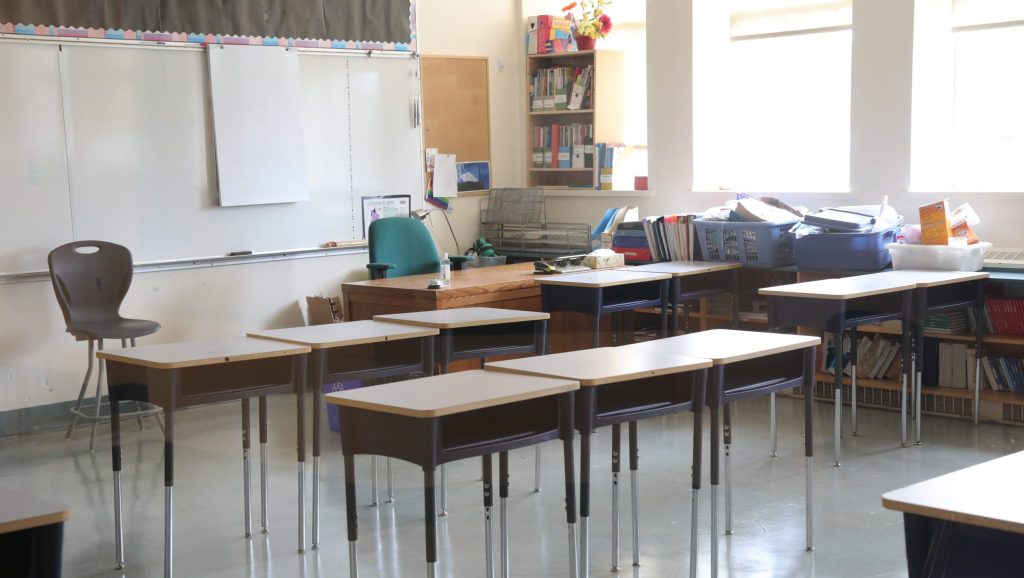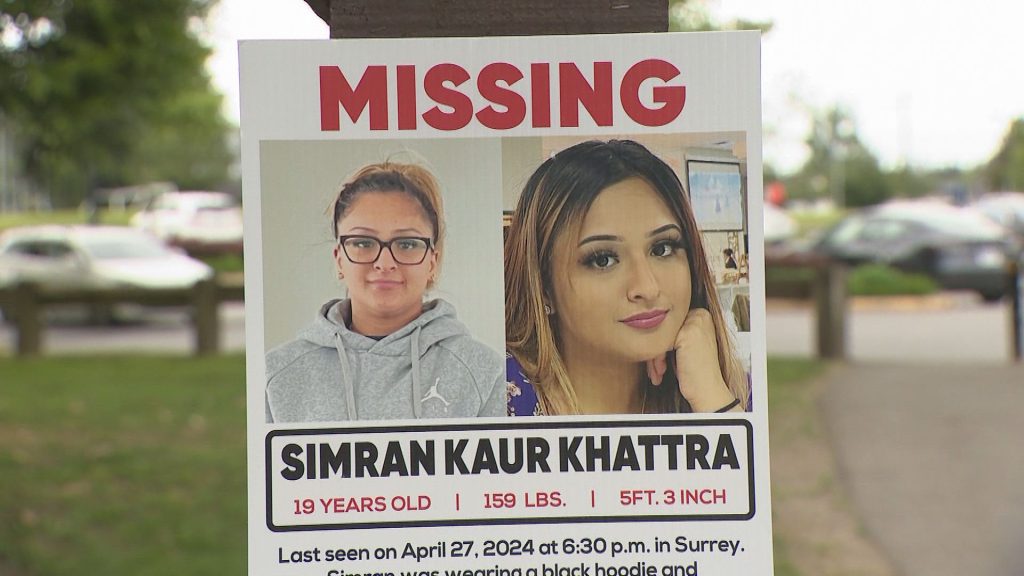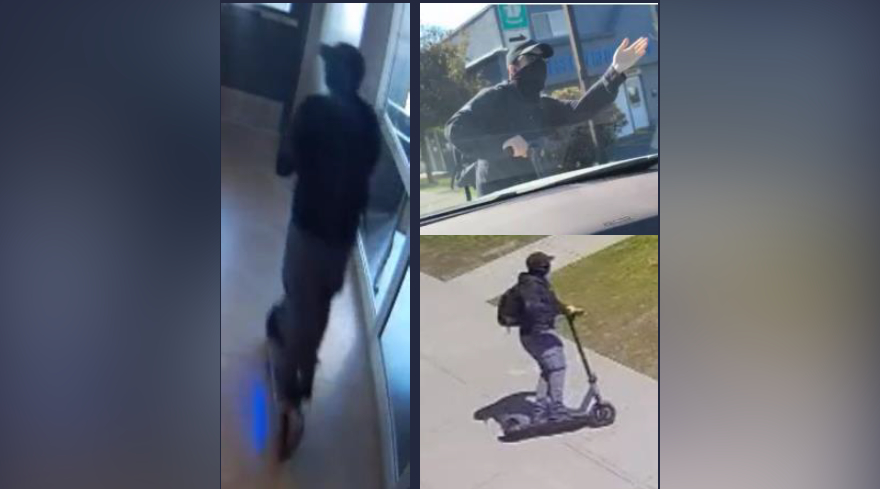B.C. relying on uncertified instructors to teach in elementary, secondary schools

Posted March 17, 2024 5:36 pm.
Last Updated March 18, 2024 7:05 am.
In another indication of how acute the B.C. teacher shortage is, the Ministry of Education’s latest figures show just how much schools in the province are relying on non-certified individuals to act as teachers in classrooms.
In 2023, 303 people were granted Letters of Permission — a letter that allows non-certified individuals to act as teachers in elementary and secondary schools — a 76 per cent increase from the 172 letters granted in 2022. The number was as low as 92 in 2019.
Listen to CityNews 1130 LIVE now!How heavily individual school districts rely on uncertified teachers is not clear. The ministry says that while school districts are the employers, information on Letters of Permission are not provided by district. But the shortage of teachers is known to be acutely felt in Northern B.C., where some unqualified instructors make up half the staff in some schools.
In its Enhancing Student Learning Report, the Peace River South School District in northeastern B.C. reveals 18 per cent of teaching positions in 2022-23 were filled by uncertified instructors. Over the course of the year, according to the report, there were 691 unfilled teacher absences. It says that meant principals and substitute teachers, who are also not certified, had to take over the teaching in those classrooms.
The challenges of filling teaching positions are something the vice-president of the BC School Trustees Association is familiar with, and she says there are some obvious reasons for the shortages.
“We have had over 350,000 new people arrive in B.C. over the last few years, and we have been working with our partner groups to address the certification issues with teachers coming in from out-of-province,” said Tracy Loffler.
But she stresses Letters of Permission are often used for specific postings.
“There are instances and reasons why an uncertified teacher may be placed in classrooms, and that could be lack of specialty teachers for trades, and sometimes it’s teachers that are in the process of becoming certified teachers.”
Still, she points out that the BC School Trustees Association has been advocating for specific incentives to get more teachers into B.C. classrooms.
“The BCSTA has been asking for a strategy that could include loan forgiveness, signing bonuses, housing and transportation allowances, as well as local teacher-training programs.”
Moving allowances and signing bonuses have already been offered in school districts such as Kamloops and Gold Trail (which includes Lillooet and Clinton). However, it’s unclear whether the teachers who were drawn by the bonuses were simply poached from other districts — leaving gaping vacancies where there were none before the bonuses were offered.
The Ministry of Education is highlighting what it is doing to get more qualified teachers into B.C. classrooms. It says it is updating its certification standards to “allow for a higher number of internationally trained educators to work in B.C.’s K-12 classrooms.”
And it is reducing processing times for teacher certification applications while adding 350 new seats since 2018 in teacher education programs throughout B.C.
In Northern B.C., the ministry says it has had some success — hiring 50 new teachers last summer — after an infusion of $500,000. It says another half a million dollars will be funnelled into rural and remote school districts for teacher recruitment for this coming school year.
In a statement provided to CityNews, Peace River South school district chair Chad Anderson says after years of advocating for improvements, specifically for teacher education programs and for financial incentives to draw more teachers into the region, they are seeing some progress.
“While B.C.’s education staffing shortage has not yet been resolved, we will continue to utilize the Ministry of Education and Child Care’s Letter of Permission process, through the Teacher Regulation Branch. The staff of School District 59 Peace River South access a wide range of professional development opportunities that ensure teachers have the resources they need for student success in every classroom.”
Of course, the problem is not isolated to the north. In January, a group of unions and the Vancouver Secondary Teachers’ Association penned a letter to the Vancouver School Board to outline how there were 1,300 instances where elementary teachers’ absences were not filled between October and December of last year.
And the problem isn’t isolated to the public school system. According to stats provided by the Ministry of Education, the number of Letters of Permission granted for independent schools in the province last year was 486.
Meanwhile, the BC Teachers’ Federation is holding its annual general meeting beginning Monday.
More than 650 teachers are in Vancouver to vote on their leadership and priorities.
The federation says key issues, such as workload, haven’t gone away since the last round of bargaining and the shortage of teachers is threatening to make it worse.
The federation says delegates will vote on issues ranging from education policy and finance to the health, welfare, and safety of teachers.










